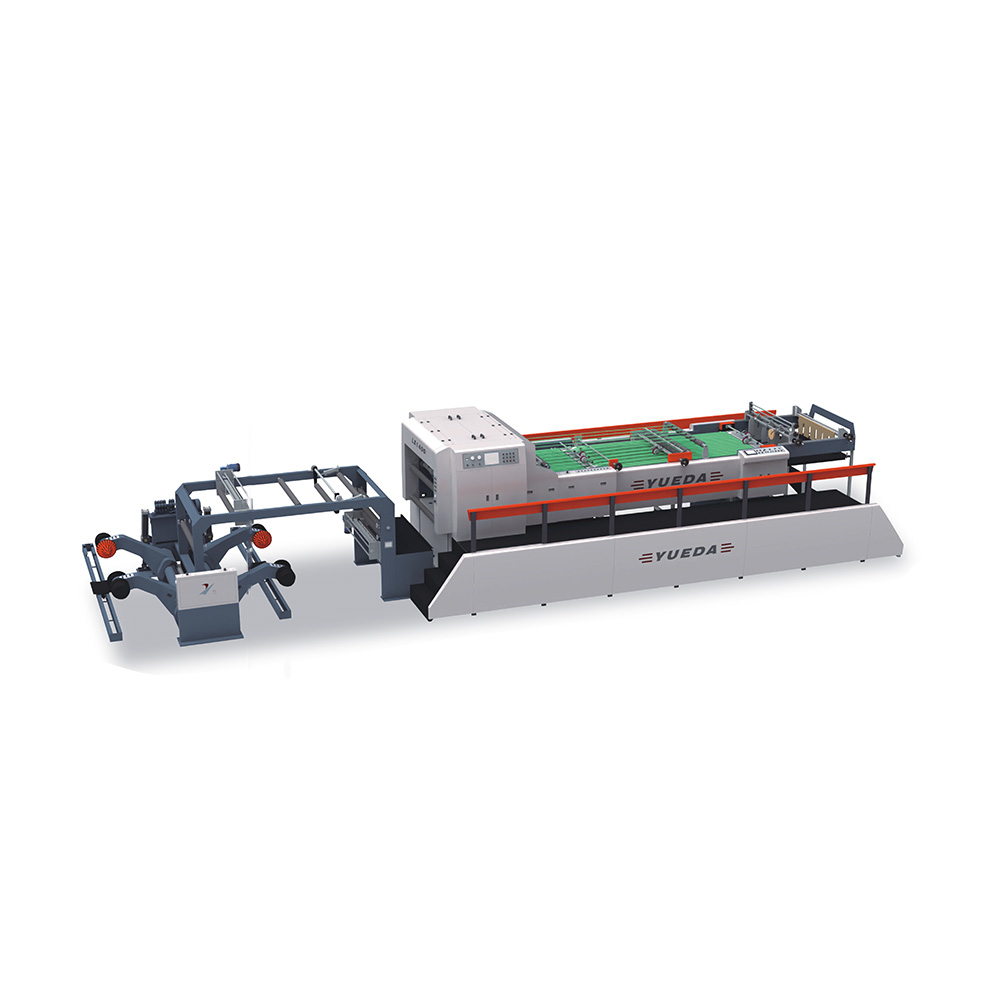- Home
- About Us
- Products
- Automatic Paper Embossing Machine
- Die Cutting Embossing Machine
- Foil Stamping Embossing Machine
- Screen Printing Machine
- Cardboard Laminating Machine
- Positioning Sheet Cutting Machine
- Hologram Laser Embossing Machine
- Screen Complete Printing Equipment
- H1000/H1500 Frame Making Machine
- 1100PM Plate Baking Machine
- EX1215/EX1518 Screen Exposure Machine
- MX1214/MX1518 Manual Screen Stretching Machine
- SFL-3F Compressed Air Dryer Machine
- EX1150 Vacuum Exposure Machine
- G1200 Manual Squeegee Grinding Machine
- E1300 Laser Engraving & Etching Machine
- UV3500R UV Dryer Machine
- Printing Material
- News Center
- Faq
- Contact Us
Web Menu
- Home
- About Us
- Products
- Automatic Paper Embossing Machine
- Die Cutting Embossing Machine
- Foil Stamping Embossing Machine
- Screen Printing Machine
- Cardboard Laminating Machine
- Positioning Sheet Cutting Machine
- Hologram Laser Embossing Machine
- Screen Complete Printing Equipment
- H1000/H1500 Frame Making Machine
- 1100PM Plate Baking Machine
- EX1215/EX1518 Screen Exposure Machine
- MX1214/MX1518 Manual Screen Stretching Machine
- SFL-3F Compressed Air Dryer Machine
- EX1150 Vacuum Exposure Machine
- G1200 Manual Squeegee Grinding Machine
- E1300 Laser Engraving & Etching Machine
- UV3500R UV Dryer Machine
- Printing Material
- News Center
- Faq
- Contact Us
Product Search
Exit Menu
News Center
Home / News Center / Industry News / How does the sheet cutting machine's nesting technology handle irregularly shaped workpieces?
How does the sheet cutting machine's nesting technology handle irregularly shaped workpieces?
2023-12-20
Algorithmic Adaptability:
The nesting set of rules within the sheet cutting machine is designed with adaptability to deal with irregularly fashioned workpieces. It employs advanced algorithms that can examine the contours and dimensions of irregular shapes, ensuring surest placement on the sheet.
Geometry Recognition:
The set of rules consists of geometry recognition skills to correctly discover and analyze abnormal shapes. It understands the particular characteristics of each workpiece, which include curves, angles, and complicated information, to decide the maximum efficient placement.
Intelligent Rotation and Mirroring:
For irregularly shaped workpieces, the nesting generation intelligently makes use of rotation and mirroring capabilities. This lets in the set of rules to discover unique orientations, finding the most room-efficient association at the same time as respecting any specific orientation constraints detailed by the operator.
Interactive User Interface for Constraints:
The sheet cutting device offers an interactive consumer interface that allows operators to set constraints or alternatives associated with irregular shapes. Operators can specify priorities, desired orientations, or spacing necessities, offering a degree of customization in the nesting technique.
Handling Complex Patterns:
The nesting algorithm is capable of coping with complex styles formed via irregularly formed workpieces. It considers the interactions among different shapes, optimizing their placement to reduce material waste and maximize the usage of available sheet space.

Optimized Spacing and Clearance:
Smart spacing and clearance parameters are carried out to irregular shapes as properly. The algorithm guarantees that there's enough area among abnormal workpieces to accommodate the cutting tool and save you collisions, at the same time as minimizing useless gaps to lessen waste.
Visualization Tools for Review:
The system offers visualization tools that permit operators to study and understand how irregularly shaped workpieces are organized at the sheet. This visual illustration helps operators examine the efficiency of the nesting layout and make informed decisions before initiating the reducing technique.
Adaptation to Material Variations:
The nesting generation is adaptable to versions in material types, along with irregularities in texture or thickness. It optimizes nesting layouts for irregularly formed workpieces throughout distinctive substances, making sure consistent performance inside the cutting system.
By combining those capabilities, the nesting era within the sheet slicing system guarantees that irregularly fashioned workpieces are handled with precision and efficiency, contributing to the general reduction of material waste inside the slicing method.
Products
of interest
of interest
Didn't Find A Product That Suits You?
Contact us for the latest news.
QUICK LINKS
PRODUCT CENTER
Contact Us
-

+86 13738772345
-

13738772345@163.com
-

+86-577-68100881
-

+86-577-68100882
-

No. 11 Haifeng Road, Longgang City, Wenzhou City, Zhejiang Province, China


 中文简体
中文简体 Español
Español












